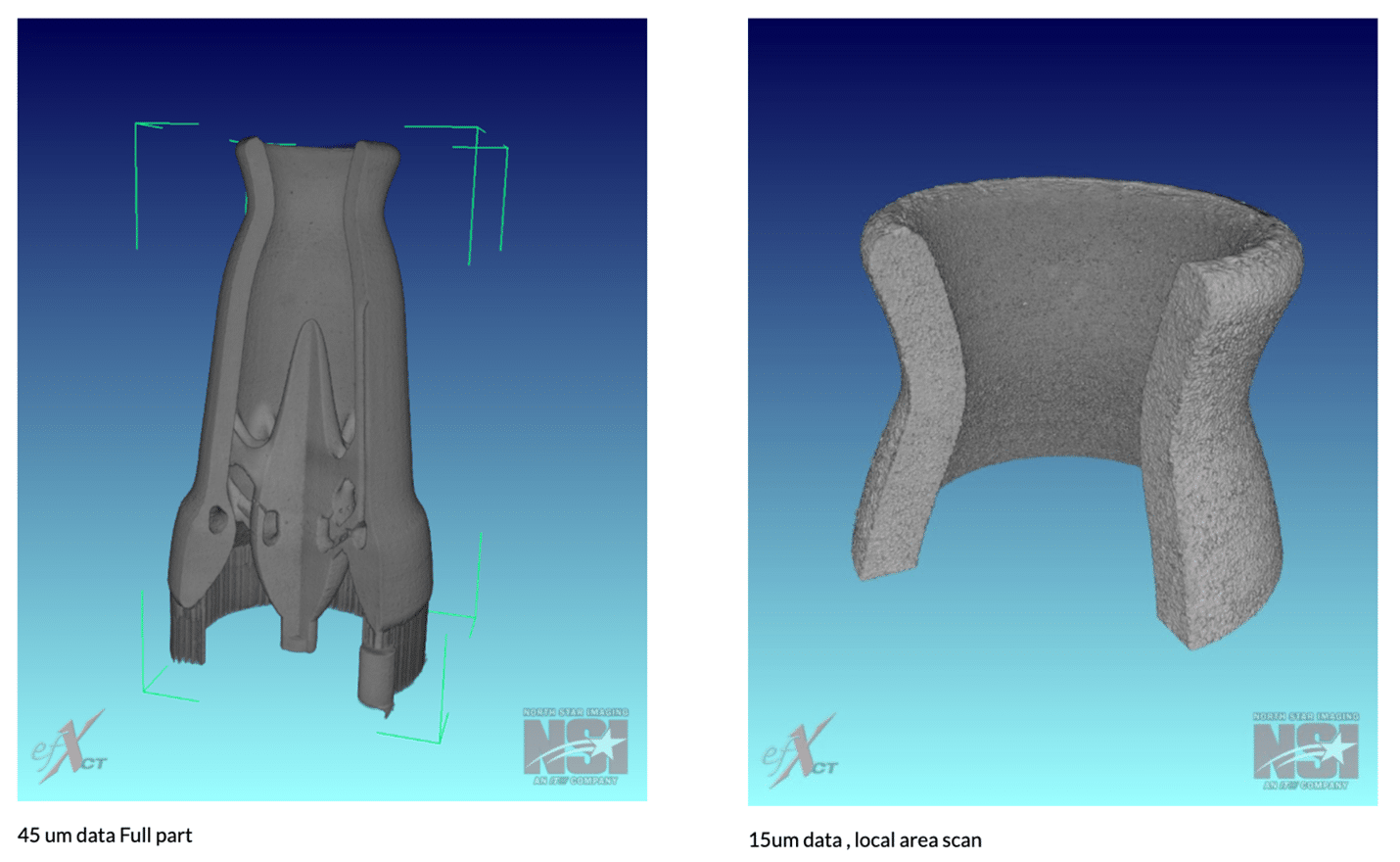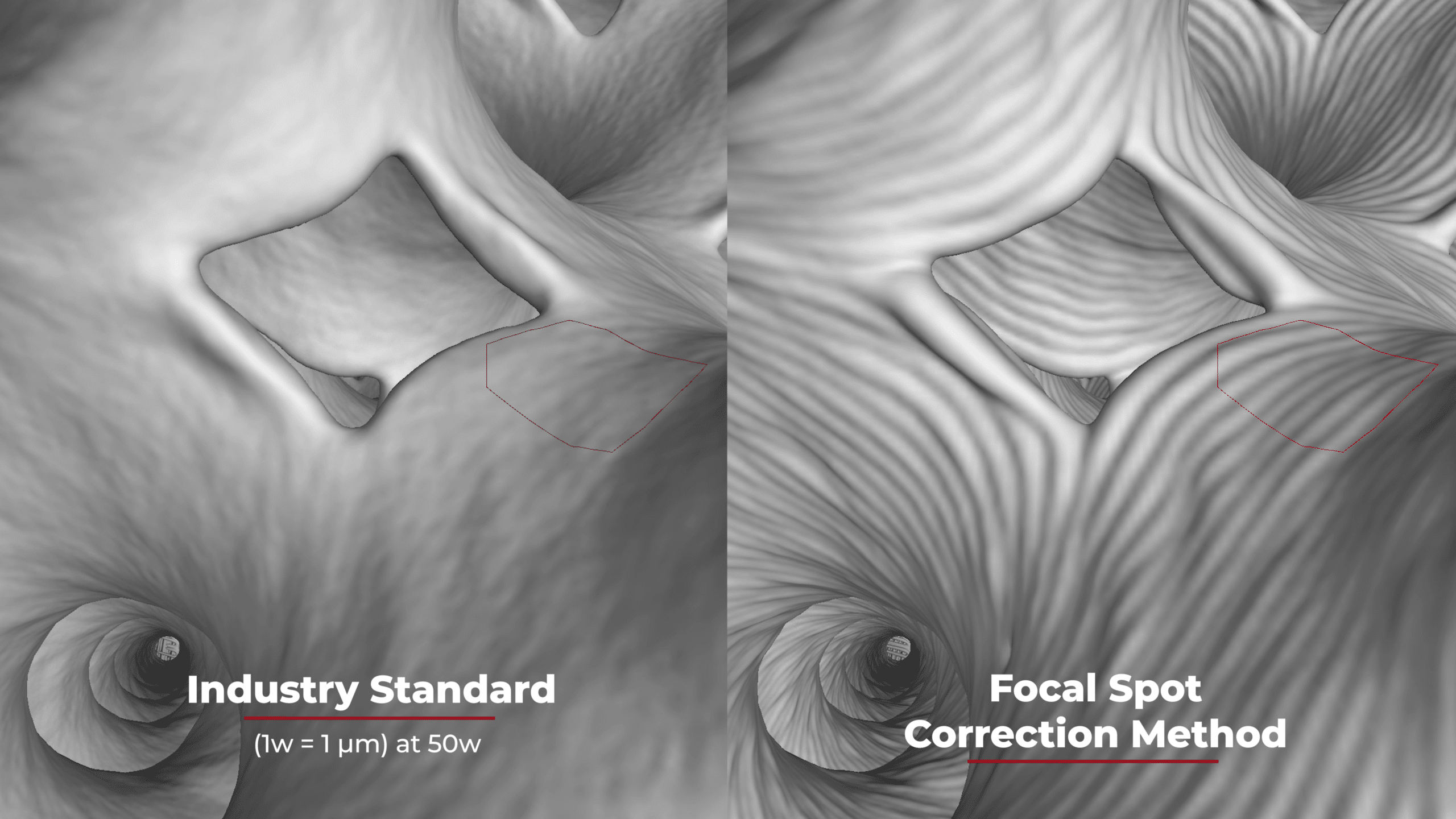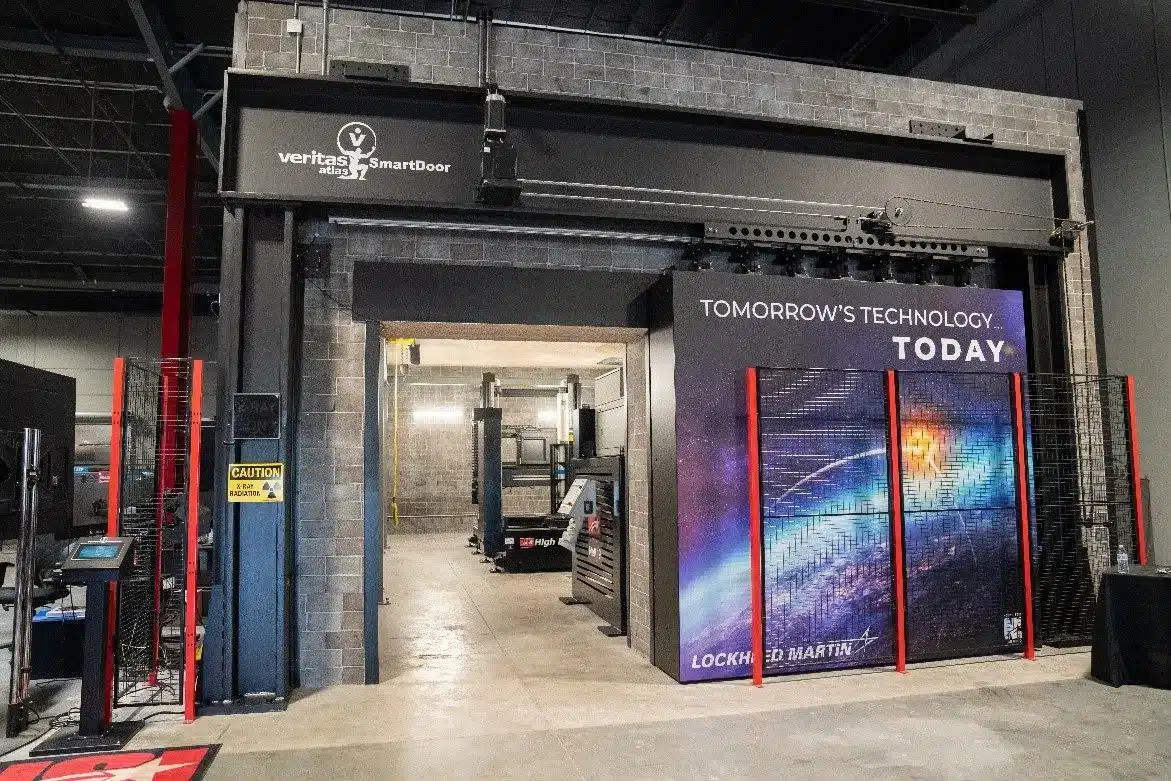What is the correlation between Digital Radiography Geometric Magnification and Product Acceptance Criteria?
When asking how much geometric magnification is necessary for a specific Digital Radiography application, the one factor that can often be forgotten as part of the equation is the product acceptance criteria.
Historically, industry standards would call out a 2-2T or a 2-1T Penetrameter/Image Quality Indicator (IQI) sensitivity. Many standards for digital radiography require a minimum detector “Pixel Matrix” within the required IQI hole. This approach alone however does not address that the maximum acceptable discontinuity size may be smaller than the required IQI hole size. In this case, a better approach is that we establish a minimum “Pixel Matrix” within the smallest discontinuity we are required to detect.
For example, a thin wall aerospace tubing weld may have an acceptance criteria with a maximum allowable porosity of 0.005”. This is ½ the diameter of an IQI’s 1T hole and ¼ the diameter of the 2T hole. Just because we can generate a geometric magnification with a 3×3 or 4×4 pixel matrix within the 1T hole and the hole is clearly visible, this does not mean that we would be able to detect a 0.005” porosity. The recommendation is that either a 3×3 or 4×4 Pixel Matrix be established within the 0.005” porosity. Which matrix is to be required, should be determined by actual testing of known defect standards containing porosity indications of 0.005” or less. In these cases it would also be recommended that more applicable Plaque IQI’s be manufactured having true 2% thickness and true 1T holes. Consider also adding an additional hole representing the minimum size porosity necessary to detect.


